A.Federal OBRA Reason for Assessment.
01.Admission assessment (required by day 14).
02.Quarterly review assessment.
03.Annual assessment.
04.Significant change in status assessment.
05.Significant correction to prior comprehensive assessment.
06.Significant correction to prior quarterly assessment.
99.Not OBRA required assessment.
B.PPS Assessment.
PPS Scheduled Assessments for a Medicare Part A Stay.
01.5-day scheduled assessment.
02.14-day scheduled assessment.
03.30-day scheduled assessment.
04.60-day scheduled assessment.
05.90-day scheduled assessment.
06.Readmission/return assessment.
PPS Unscheduled Assessments for a Medicare Part A Stay.
07.Unscheduled assessment used for PPS (OMRA, significant or clinical change, or significant correction assessment).
Not PPS Assessment.
99.Not PPS assessment.
C.PPS Other Medicare Required Assessment - OMRA.
0.No...
1.Start of therapy assessment.
2.End of therapy assessment.
3.Both Start and End of therapy assessment.
D.Is this a Swing Bed clinical change assessment? Complete only if A0200 = 2.
0.No...
1.Yes.
E.Is this assessment the first assessment (OBRA, PPS, or Discharge) since the most recent admission?
0.No...
1.Yes.
F.Entry/discharge reporting
01.Entry record.
10.Discharge assessment-return not anticipated.
11.Discharge assessment-return anticipated.
12.Death in facility record.
99.Not entry/discharge record.
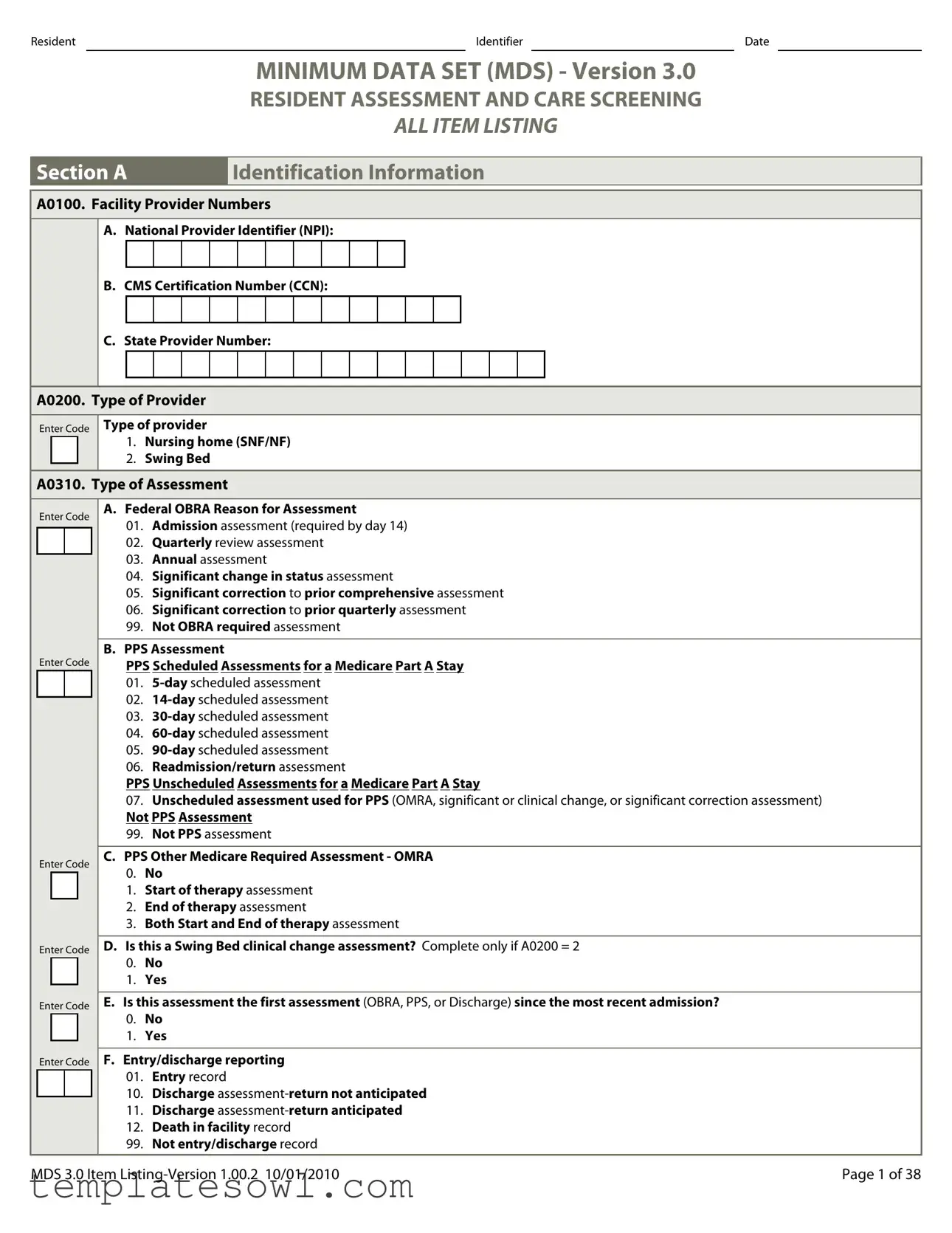
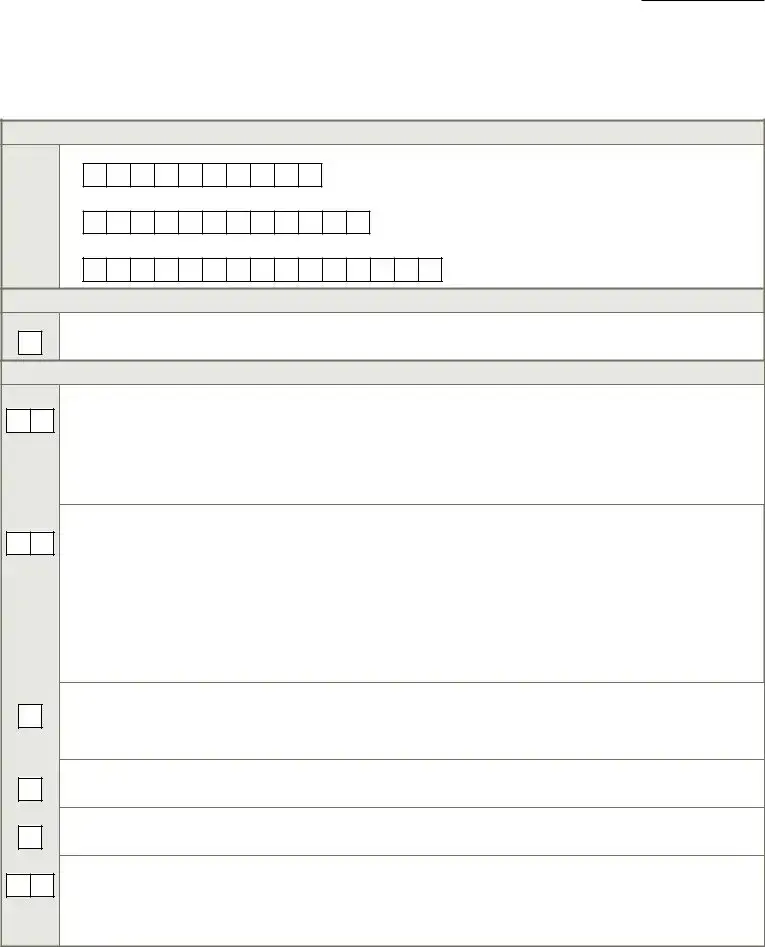
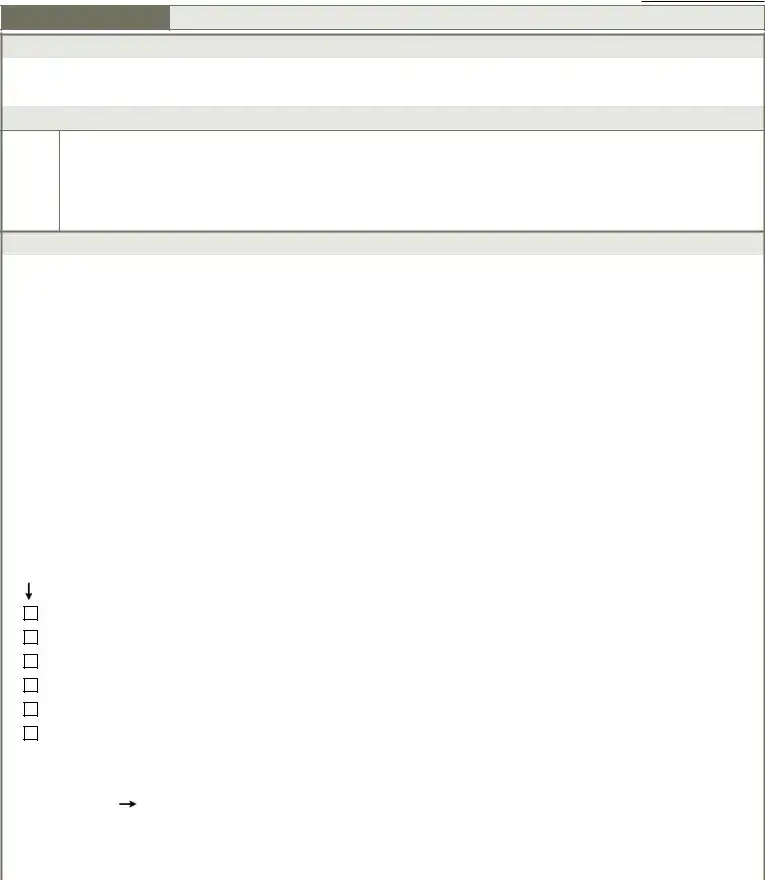
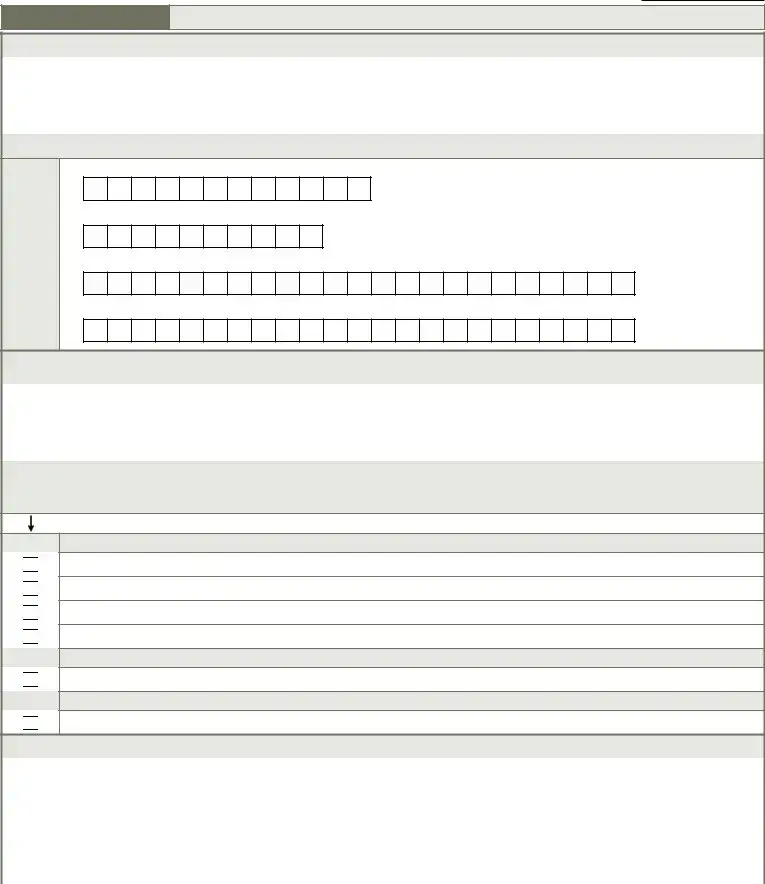
 A. Down syndrome
A. Down syndrome B. Autism
B. Autism C. Epilepsy
C. Epilepsy D. Other organic condition related to MR/DD
D. Other organic condition related to MR/DD E. MR/DD with no organic condition
E. MR/DD with no organic condition Z. None of the above
Z. None of the above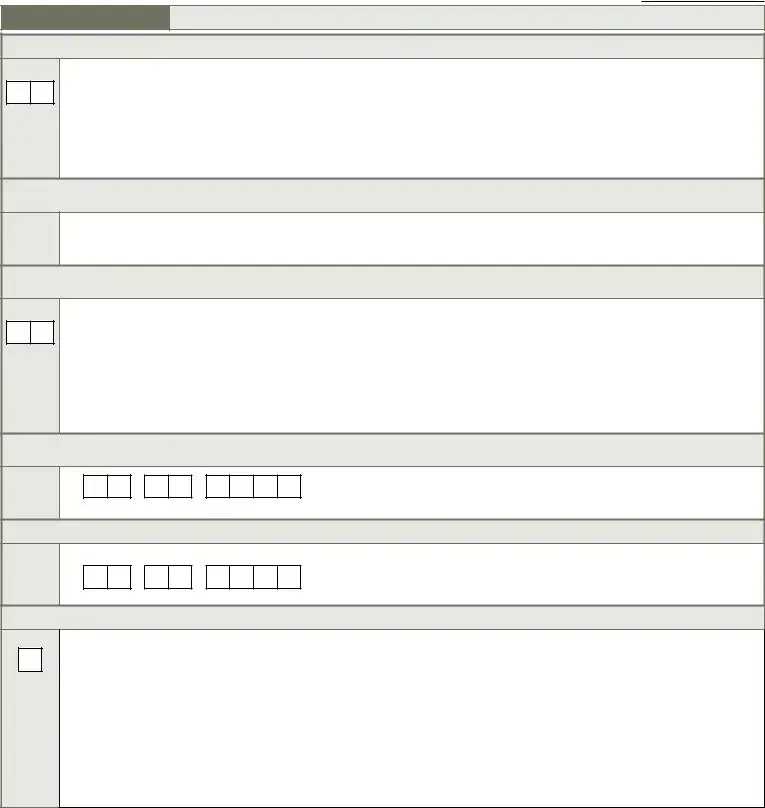
 Skip to B0100, Comatose
Skip to B0100, Comatose Continue to A2400B, Start date of most recent Medicare stay
Continue to A2400B, Start date of most recent Medicare stay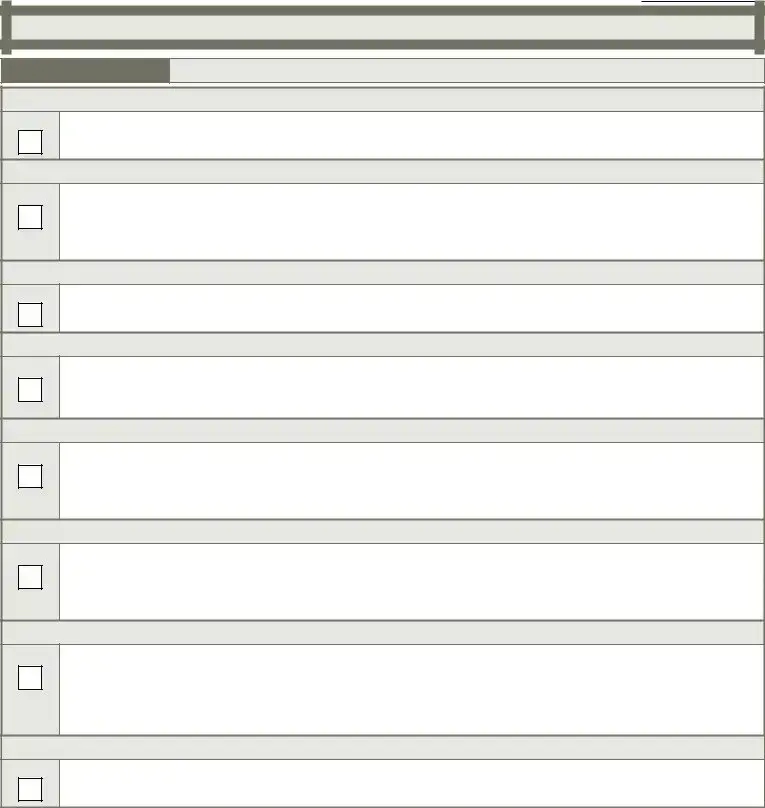
 Continue to B0200, Hearing
Continue to B0200, Hearing Skip to G0110, Activities of Daily Living (ADL) Assistance
Skip to G0110, Activities of Daily Living (ADL) Assistance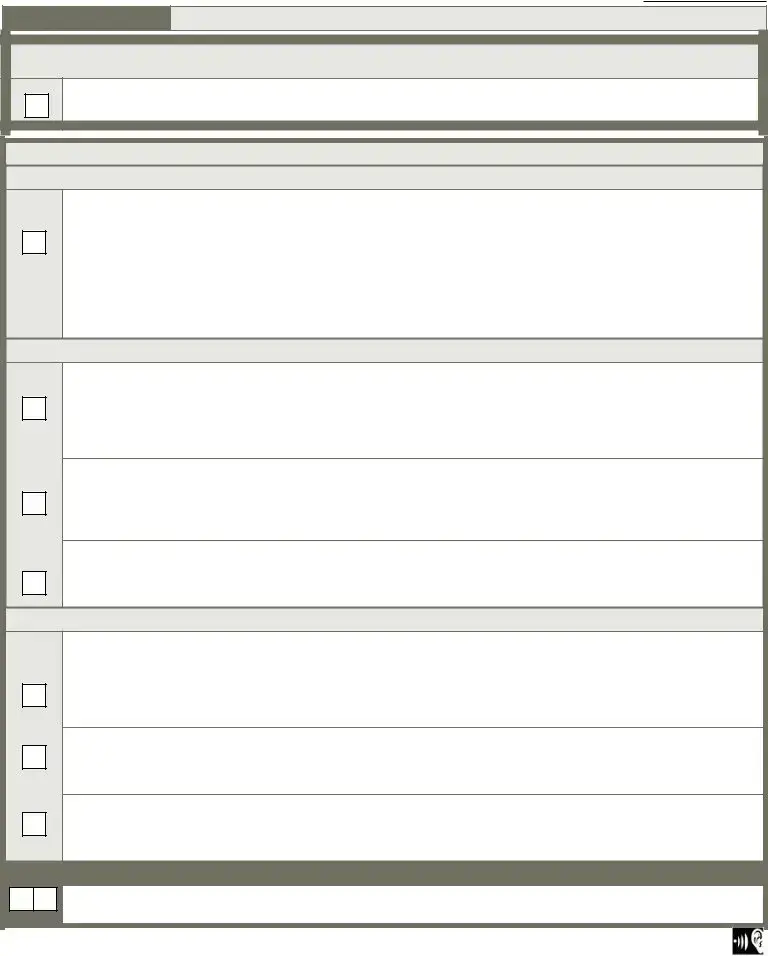
 Skip to and complete
Skip to and complete  Continue to C0200, Repetition of Three Words
Continue to C0200, Repetition of Three Words
 Skip to C1300, Signs and Symptoms of Delirium
Skip to C1300, Signs and Symptoms of Delirium Continue to C0700,
Continue to C0700,  Check all that the resident was normally able to recall
Check all that the resident was normally able to recall A. Current season
A. Current season B. Location of own room
B. Location of own room C. Staff names and faces
C. Staff names and faces D. That he or she is in a nursing home
D. That he or she is in a nursing home Z. None of the above
Z. None of the above  Enter Codes in Boxes
Enter Codes in Boxes
 Skip to and complete
Skip to and complete  Continue to D0200, Resident Mood Interview
Continue to D0200, Resident Mood Interview 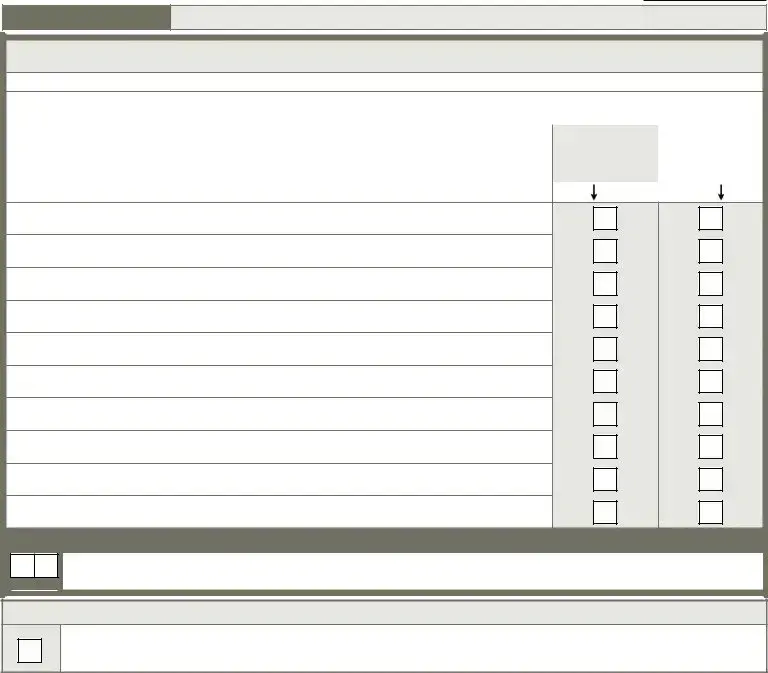
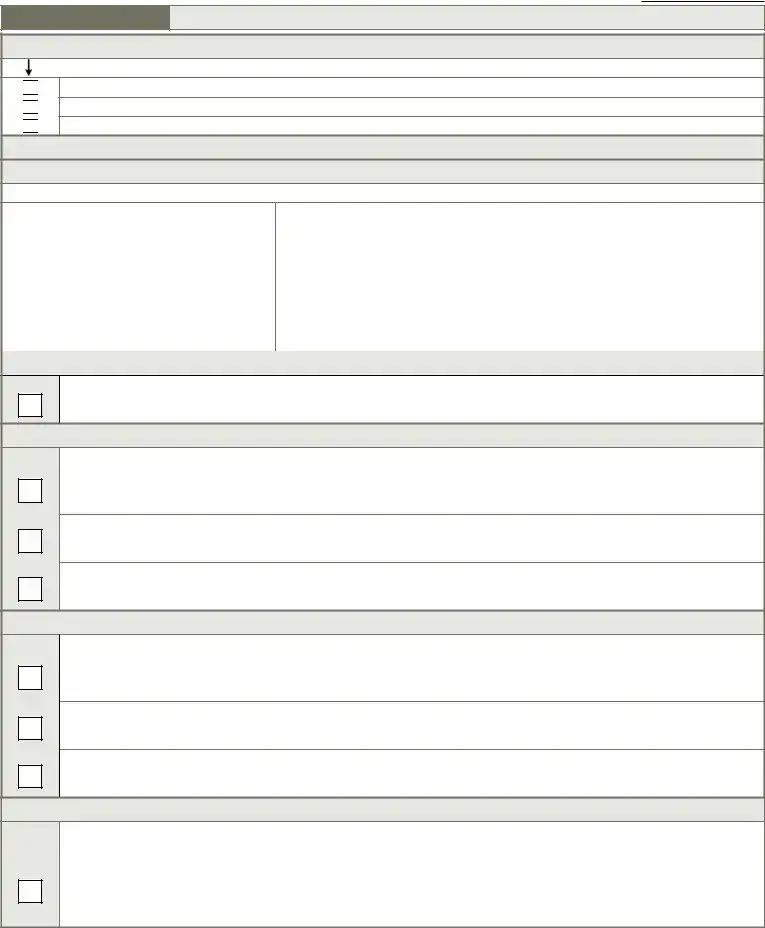


 Z. None of the above
Z. None of the above Enter Codes in Boxes
Enter Codes in Boxes Skip to E0800, Rejection of Care
Skip to E0800, Rejection of Care Considering all of E0200, Behavioral Symptoms, answer E0500 and E0600 below
Considering all of E0200, Behavioral Symptoms, answer E0500 and E0600 below